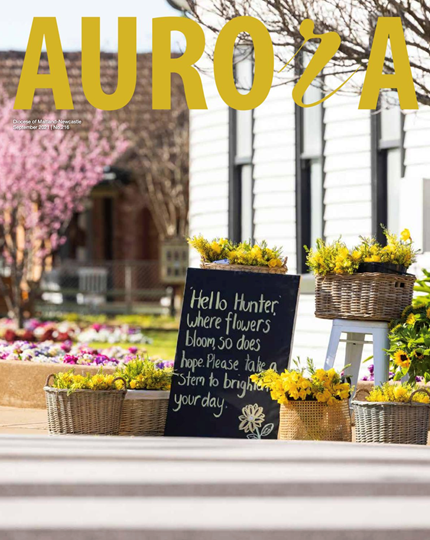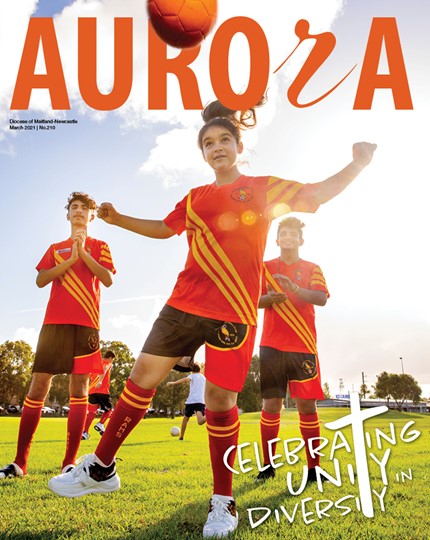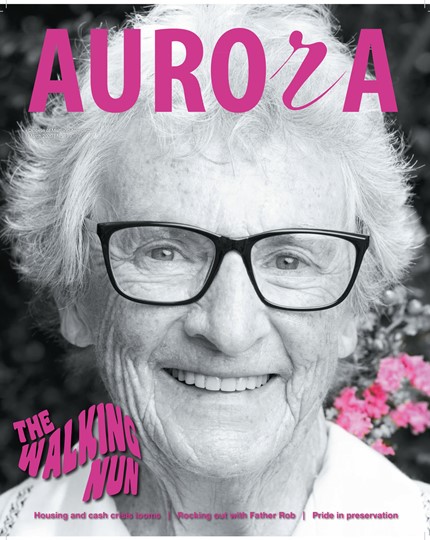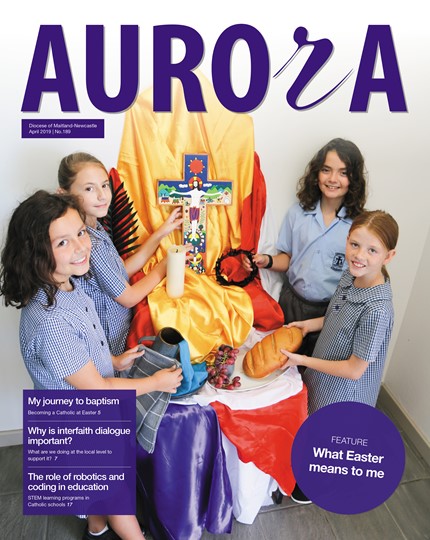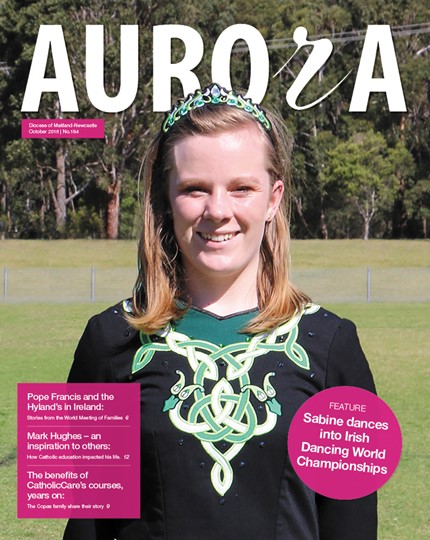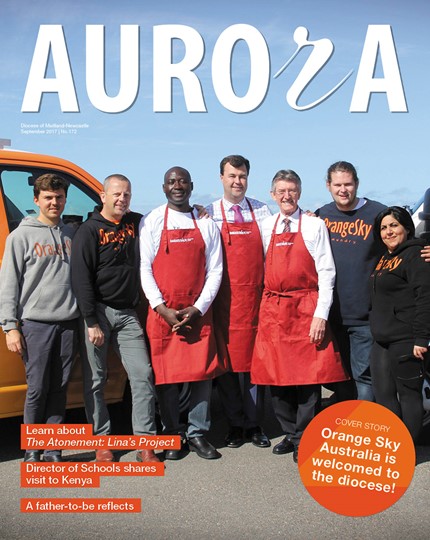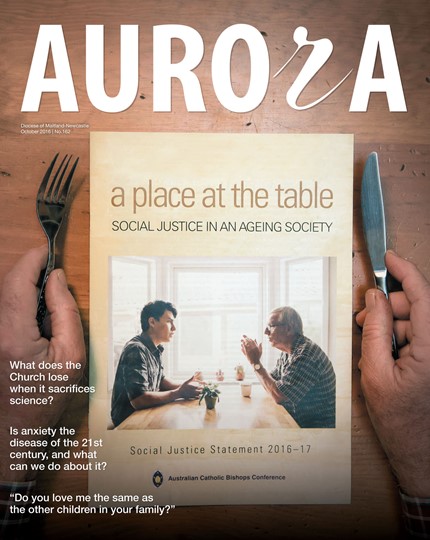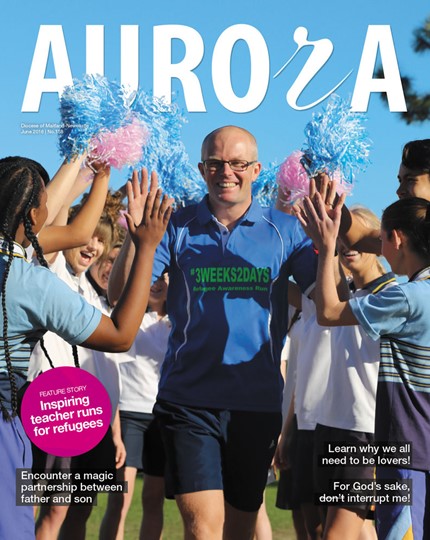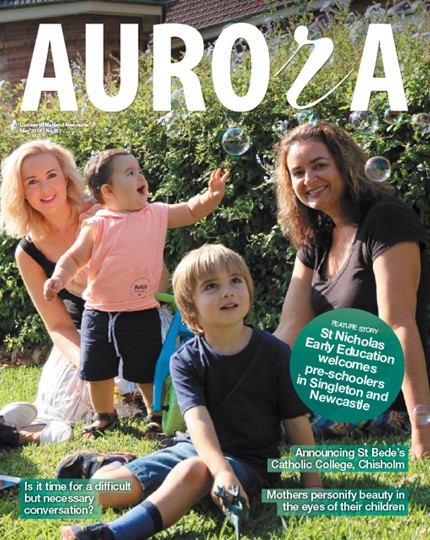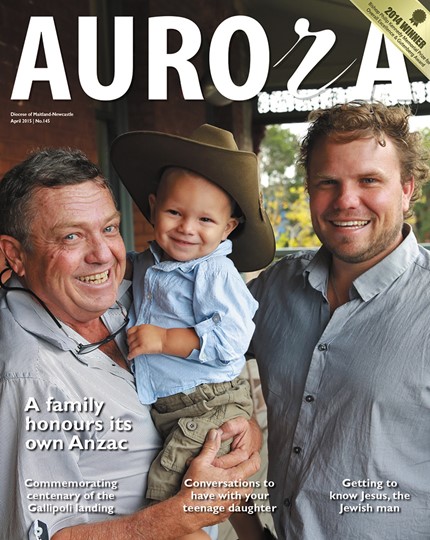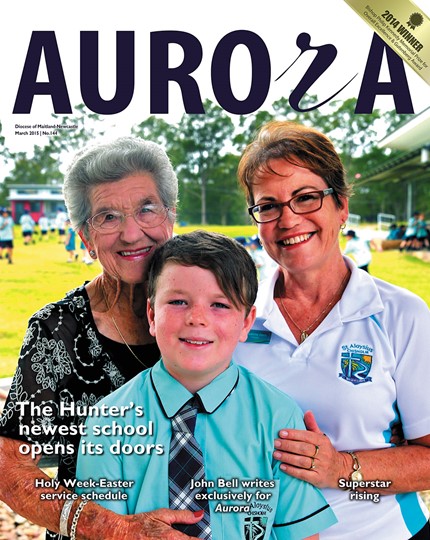This approach recognises that providing inclusive, engaging and sustainable learning environments holds the potential to support young children’s learning. This approach was developed after World War II by pedagogist Loris Malaguzzi and parents in the villages around Reggio Emilia, Italy.
The Australian Children’s Education & Care Quality Authority (ACECQA) says the physical environment should never simply be a backdrop to the curriculum in early childhood education and care services, but an integral part of the curriculum.
That is why, when setting up new services, it is important for providers to consider the way in which every aspect of the design will influence a child’s learning and development.
We must consider that rich environments with built-in learning opportunities free educators to interact with children. This ultimately supports the child’s sense of belonging and affords educators the time to better understand the children and program to their unique interests and strengths.
But what do these environments actually look, feel and smell like?
At St Nicholas Early Education, we set up all our learning environments with the consideration that each space, whether indoor or outdoor, must be engaging, empowering and respectful, inclusive and accessible, and encourage collaboration and investigation.
In St Nicholas' outdoor environments, large sandpits, bicycle tracks, tepees, fountains, mud kitchens and plenty of natural elements are just some examples of features incorporated to support children’s learning and development.
But what do all of these things have in common? Well, they are all open-ended, meaning there are no instructions the children must follow when they engage with them. Instead, they follow their innate curiosities to partake in ways that are meaningful to them.
When children are immersed in play, even if it is muddy or messy, we do our best to allow them to follow that experience right through to the end in their own unique way.
This promotes each child’s sense of agency and wonder – a crucial component of their early personal and emotional development.
The inclusion of natural environments in early childhood settings is also important because they support children to develop stewardship in order to become environmentally respectful and responsible.
Elements such as garden beds, worm farms and recycling stations are just some of the ways our educators are working with children every day to encourage a shared responsibility of our community and its environments.
It is of the utmost importance that we work with our youngest to take care of the environment, especially since they are the ones who will inherit this Earth after we are gone.
To find your closest St Nicholas Early Education centre, click here.

















